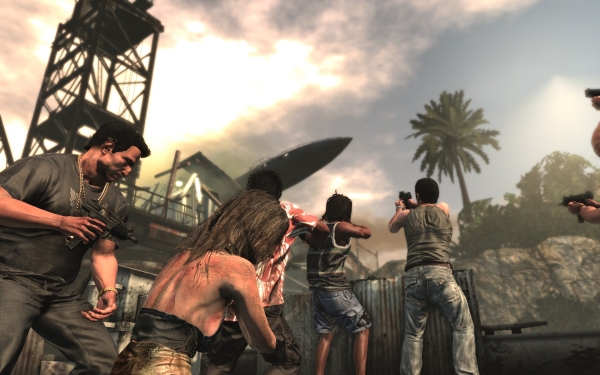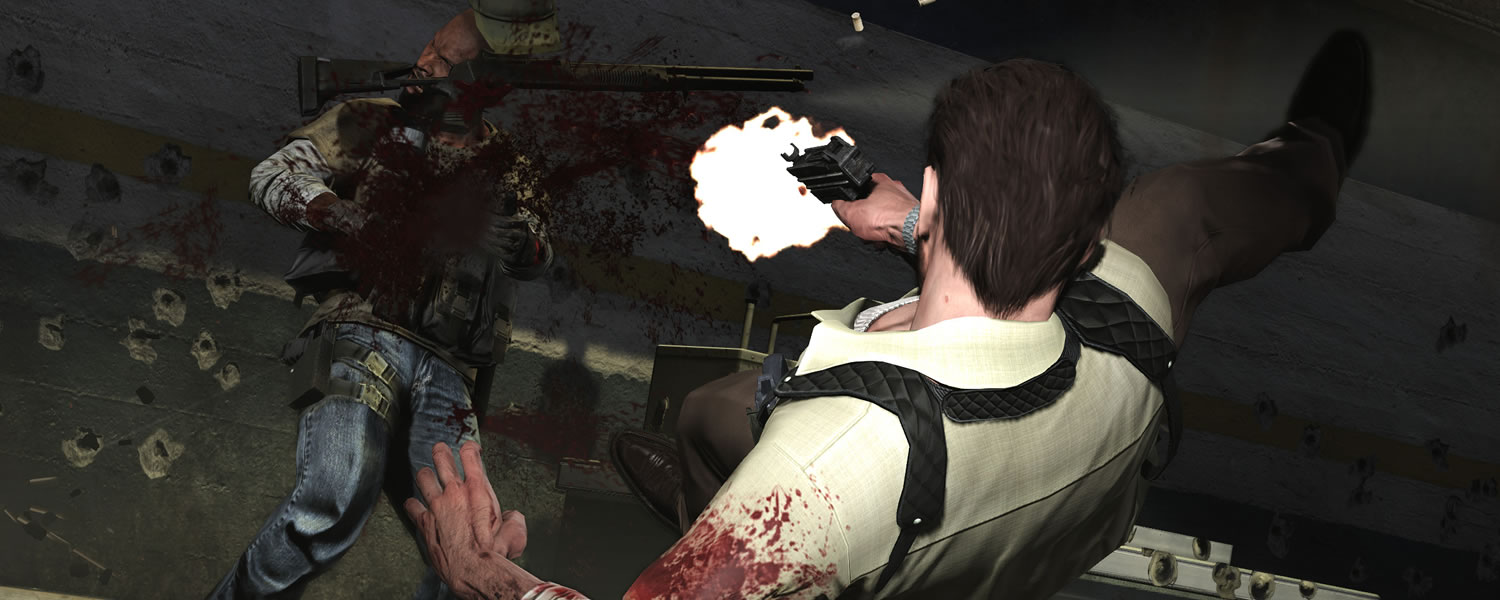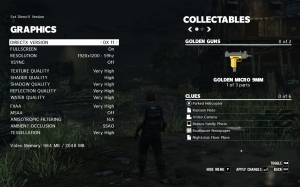If you've been a gamer for at least a decade, then you will recognize Max Payne as the PC third-person shooter of the early 2000s. Notable for its film noir style and use of the bullet time effect (The Matrix), Max Payne's character went on to surpass anyone's expectations with several console ports, a sequel, and a feature film adaptation in 2008.
Shortly after that, Max Payne 3 was announced and it's been in the works at Rockstar Studios since. The original game was developed by finnish developer Remedy Entertainment and published by the now defunct 3D Realms. Max Payne 3 promises exciting gameplay and impressive graphics, marking the return of bullet time in action sequences, while retaining the shoot-dodge mechanic from previous titles.

On the technology side of things, Rockstar talked earlier about its ability to blend physics and animation. For example, when Max takes a dive to surprise his enemies he does so appropriately according to his surroundings. This is done through the use of the advanced Euphoria dynamic animation engine. However, the game itself is built on the RAGE game engine, so in a sense there are two engines used in the game on top of each other.
The RAGE engine has been upgraded for Max Payne 3 with support for DirectX 11 and stereoscopic 3D rendering on the PC. The added support for DX11 effects has been one of the reasons for our anticipation of this title and why we are bringing you this performance article.

It's been hinted that Max Payne 3 will make the most of current high-end PCs, with DirectX 11 tessellation compatibility and "advanced graphics options" available to PC players. So with that in mind let's take a look at the test setup and then get into the results. Make sure you check out our visual tour comparing DX9 through DX11 graphics.
Testing Methodology
In case you lost count, we'll be testing 25 DirectX 11 graphics card configurations from AMD and Nvidia across all price ranges. The latest official drivers were used for every card. We installed an Intel Core i7-3960X in our test bed to remove any CPU bottlenecks that could influence high-end GPU scores.

We used Fraps to measure frame rates during 90 seconds of gameplay footage from Max Payne 3's fifth single-player level: "Alive If Not Exactly Well". The test begins at the start of the mission where you take a power boat ride down a river before going ashore and starting the mission. The first 90 seconds of footage is the same every single time as it is an in-game cut scene and we chose this scene because it is very demanding.
Test System Specs
We tested Max Payne 3 at three common desktop display resolutions: 1680x1050, 1920x1200 and 2560x1600, using normal and very high quality settings. Both modes were tested in the DirectX 11 mode with vsync and MSAA disabled while ambient occlusion was set to SSAO. The very high settings used 984MB of video memory at 1920x1200 while the normal settings used 331MB at the same resolution.


